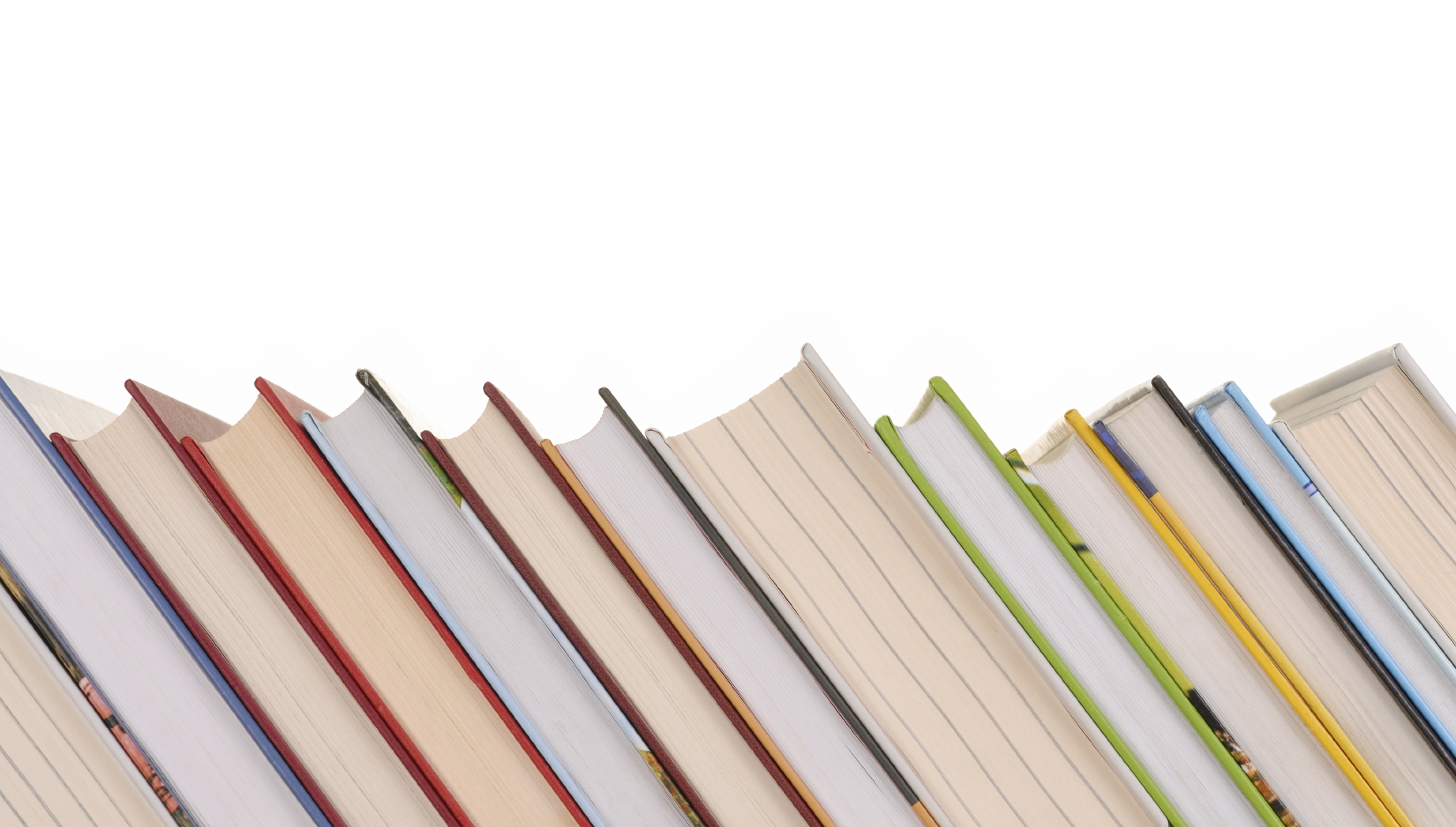What are you reading?
Issue: XXII.3 May - June 2015Page: 12
Digital Citation
Authors:
Steve Harrison
Why Art Cannot Be Taught by James Elkins (2001) Elkins's book was conceived and marketed as a survival guide for art students, but it is actually part critical memoir and part skill development guide for understanding and taking criticism and suggestions—that is, an inspirational guide for art instruction. The book is loaded with pragmatic methods that often have a disruptive quality: Ask the critics only to pose questions, not pass judgments; have students present their work for 10 minutes before showing it to outside critics; conduct critiques nonverbally. But he gets even more radical in his concluding chapter: "The more I understand about what happens in art classes, the more I want to understand; but I also know that what I understand does not provide evidence that understanding improves teaching or learning..."

The Universe of Design: Horst Rittel's Theories of Design and Planning By Jean-Pierre Protzen and David Harris (2010) While a graduate student at UC Berkeley, I heard a rumor that Horst Rittel had one goal in life: to get tenure without publishing. In fact, he did get tenure, and on the basis of only a few working papers plus the oft-cited publication with planner Mel Webber that describes "tame" and "wicked" problems. But 20-plus years after he died, there is now a published book. The bulk is devoted to an edited transcript of 10 lectures he gave to the faculty of the College of Environmental Design at Berkeley shortly after his arrival in 1963. Rittel proposes abstractions of design process that not only presage the development of wicked/tame problems, but also outline a kind of design algebra that nails the iterative design process by recognizing the limits of rationality. Reading it today, it forms a useful bridge between the dominant paradigms of design in HCI, particularly Herb Simon's Sciences of the Artificial, and a more participatory approach. It also harkens back to a time when more of the professor's job was analysis and provocation.

Landscape in Sight: Looking at America By John Brinkerhoff Jackson (1999) Seeing is essential to good design and great research. Jackson observed mid-20th-century America with great care, focusing on the built environment. I come back to these essays to understand better how he has seen and the richness of "place" as he has seen it. We are in need of a J.B. Jackson for the digital realm.

Perhaps in 100 or 150 years, another historian like White will tear apart the romantic hype surrounding digital technology and consider the underlying structures that actually created it.
Railroaded: The Trans-continentals and the Making of Modern America By Richard White (2011) Federal and state subsidies for 19th-century western railroad development set the pattern for the close ties between large capital and government, and created much of the "Gilded Age" excess. Stanford historian White argues that there really was neither an economic basis nor a technological imperative for the enterprise, but rather greed that seized opportunity and political power. Perhaps in 100 or 150 years, another historian like White will tear apart the romantic hype surrounding digital technology and consider the underlying structures that actually created it.

The Place Where You Go to Listen: In Search of an Ecology of Music By John Luther Adams (2009) Artist documentation as a literary form is often a combination of self-indulgent art-speak and a mechanism to recapture the original experience. This is different. The book provides documentation for the long-term sound-and-light installation, The Place Where You Go to Listen, at the Museum of the North at the University of Alaska, Fairbanks. Adams is a composer living in interior Alaska. The art installation—which I saw firsthand three years ago—is subtle and stunning. It abstracts elements of the greater interior Alaska environment through sensing of seismic data, aurora borealis activity, weather, sunlight, and so on, mapping those elements to sound and shades of light on a white wall in a secluded room. The book explains how the design of the installation resulted in a powerful transcendent experience. The big lessons I take from the book: Don't expect meaning and engagement without a lot of effort, and it ain't the technology, stupid.

Everything Sings: Maps for a Narrative Atlas By Denis Wood (2010) I am a sucker for structural analyses. I am also a sucker for maps. My graduate thesis project was an abstract thematic-map planning and design tool. This book makes thematic maps poetic. Wood documents his neighborhood, Boylan Heights, in Raleigh, North Carolina. He sees meaning not only in structure, but also in the interstices between structures and in forms of representation. I use the book with my students to illustrate the difference between visualizing data and creating meaning. I find myself rereading it and rediscovering joy in the patterns of a community.

Steve Harrison is a professor in the Department of Computer Science and the School of Visual Arts at Virginia Tech, a member of the Center for Human-Computer Interaction, co-director of THIRD Lab, conference co-chair for DIS 2014, and a licensed architect. [email protected]
Copyright held by author
The Digital Library is published by the Association for Computing Machinery. Copyright © 2015 ACM, Inc.


